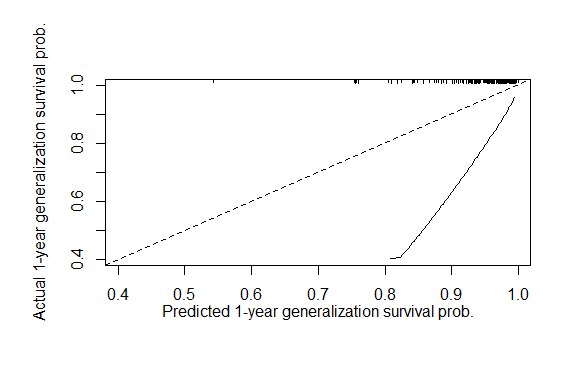

Parameters representing radiation use efficiency (rue), transpiration efficiency (transp_eff_cf), number of green leaves (green_leaf_no) and the leaf size profile (leaf_size) were found to strongly influence simulated biomass and sucrose yields. Global sensitivity analysis identified how key APSIM‐Sugar input parameters affected model outputs. However, APSIM‐Sugar had limited skill in simulating yield differences between varieties and varietal yield responses to water stress. APSIM‐Sugar was able to accurately reproduce the average biomass and sucrose yields of the four sugarcane varieties grown in the Home Hill trial when effects of weeds, lodging and stalk death were implemented in the simulation. GLUE and MCMC were evaluated based on a theoretical and real world calibration. Finally, Generalized Likelihood Uncertainty Estimation (GLUE) and Markov Chain Monte Carlo (MCMC) techniques were used to calibrate APSIM‐Sugar influential variety parameters. Bayesian Analysis of Computer Code Output (BACCO) was then used to perform a global sensitivity analysis of model outputs (biomass and sucrose yields) to key variety parameters under well irrigated and water stressed conditions. Comparisons were made between observed and simulated varietal differences in yield and yield response to water stress. The APSIM‐Sugar model was used to simulate biomass and sucrose yields of four sugarcane varieties grown under well irrigated and water stressed conditions in a breeding trial conducted at Home Hill, Queensland, Australia. evaluate the use of two Bayesian approaches to calibrate variety parameters in the APSIM‐Sugar model. investigate the sensitivity of model outputs such as biomass and sucrose yields to key model input parameters andģ. investigate the capability of the APSIM‐Sugar model to simulate yield differences between sugarcane varieties under different climatic conditions Ģ. To overcome this weakness in the APSIM crop model for Australian sugarcane systems the following thesis objectives were developed:ġ. This makes it difficult for industry decision makers to trust the outputs from the model and thereby incorporate model outputs into the decision making process. Unfortunately most of these 14 sugarcane varieties are no longer grown commercially. The Agricultural Production Systems sIMulator (APSIM) currently includes variety parameters that represent physiological traits for 14 sugarcane varieties. Process‐based agricultural systems models capable of simulating crop growth, management decisions and varietal differences in productivity allow researchers to investigate the interactions between varieties, production environments and management decisions.


 0 kommentar(er)
0 kommentar(er)
